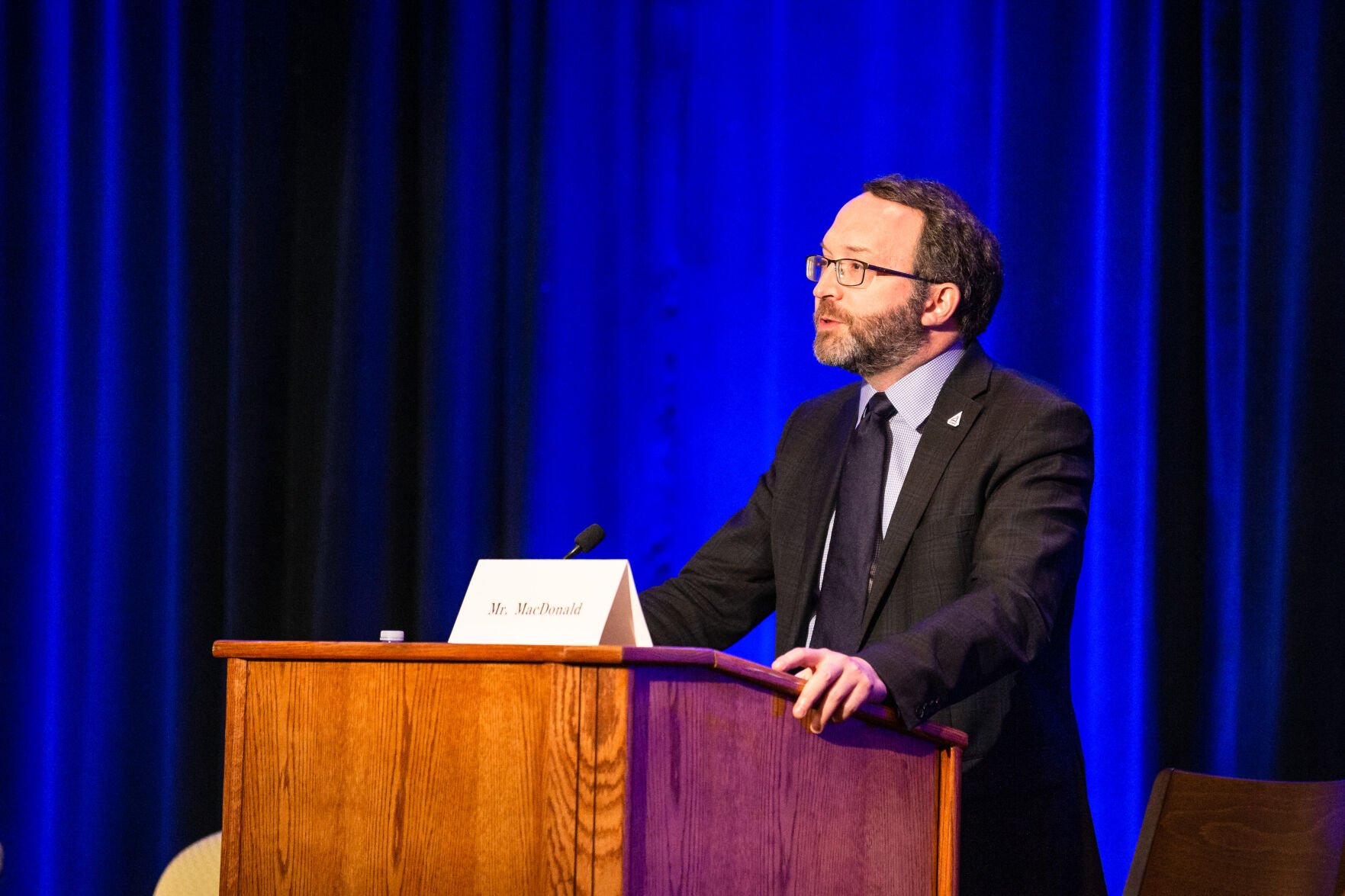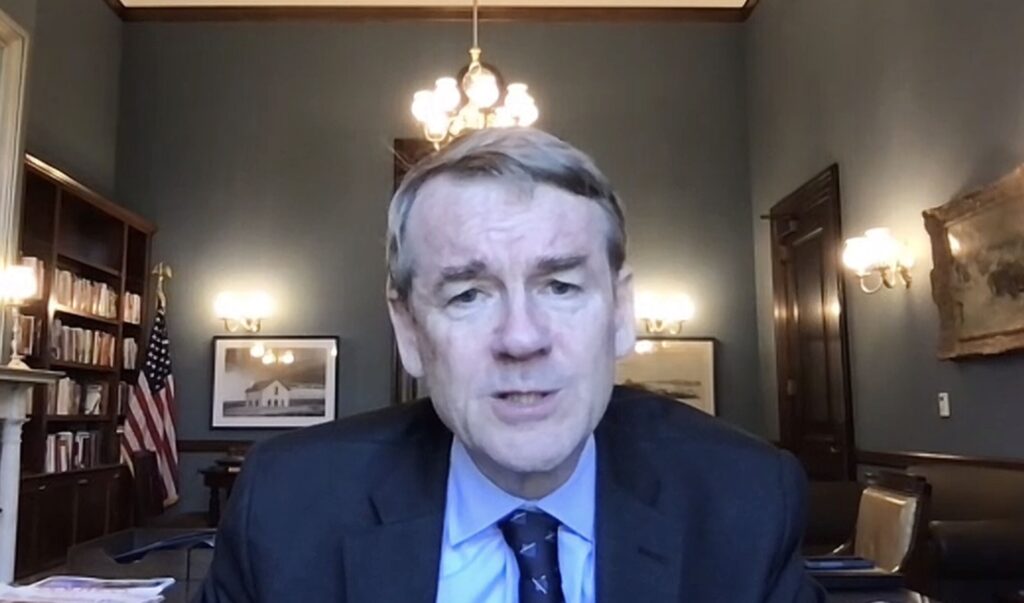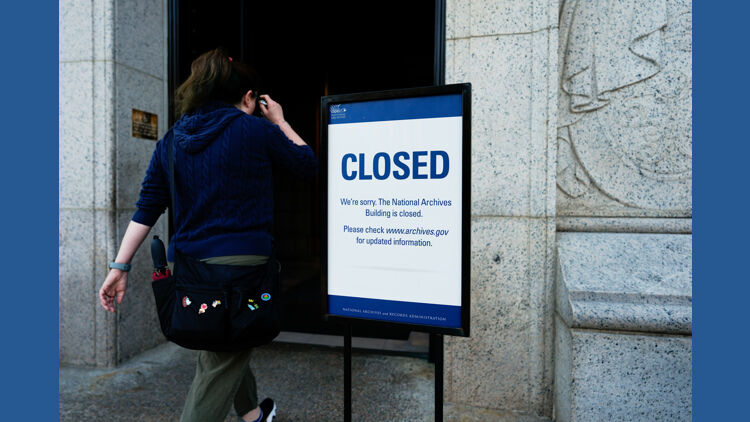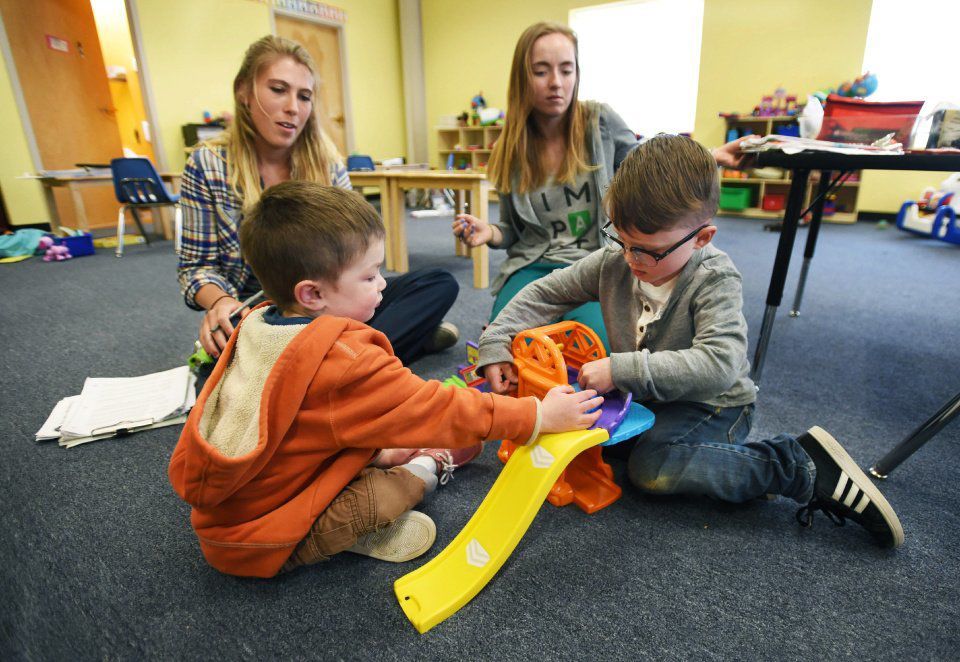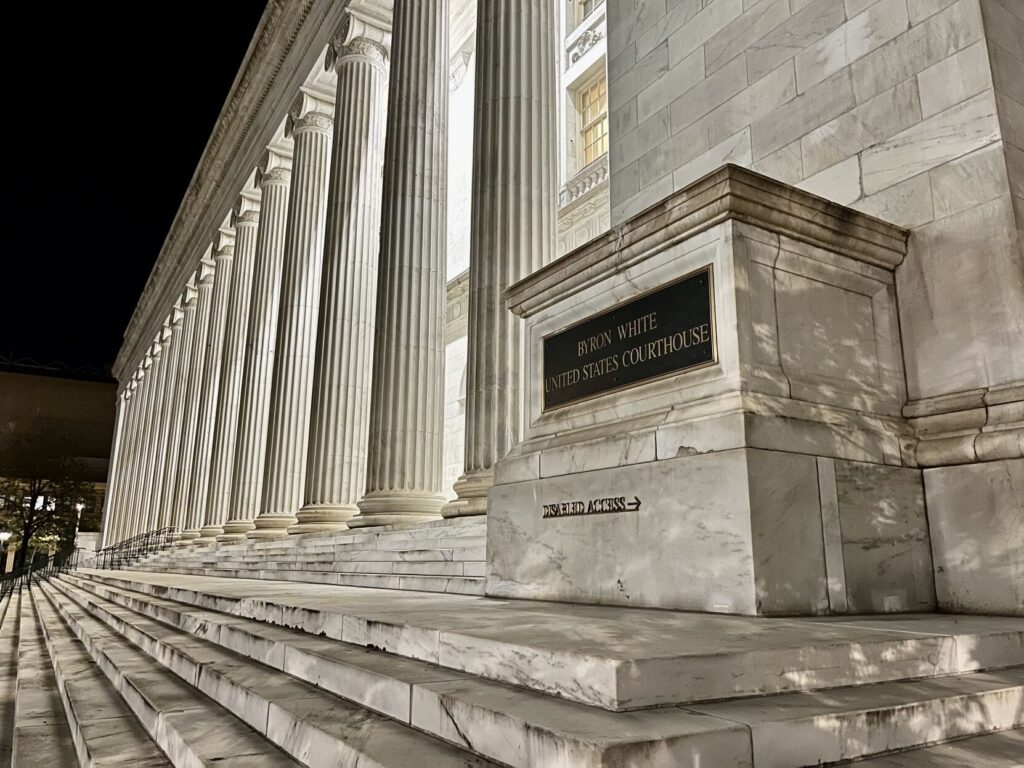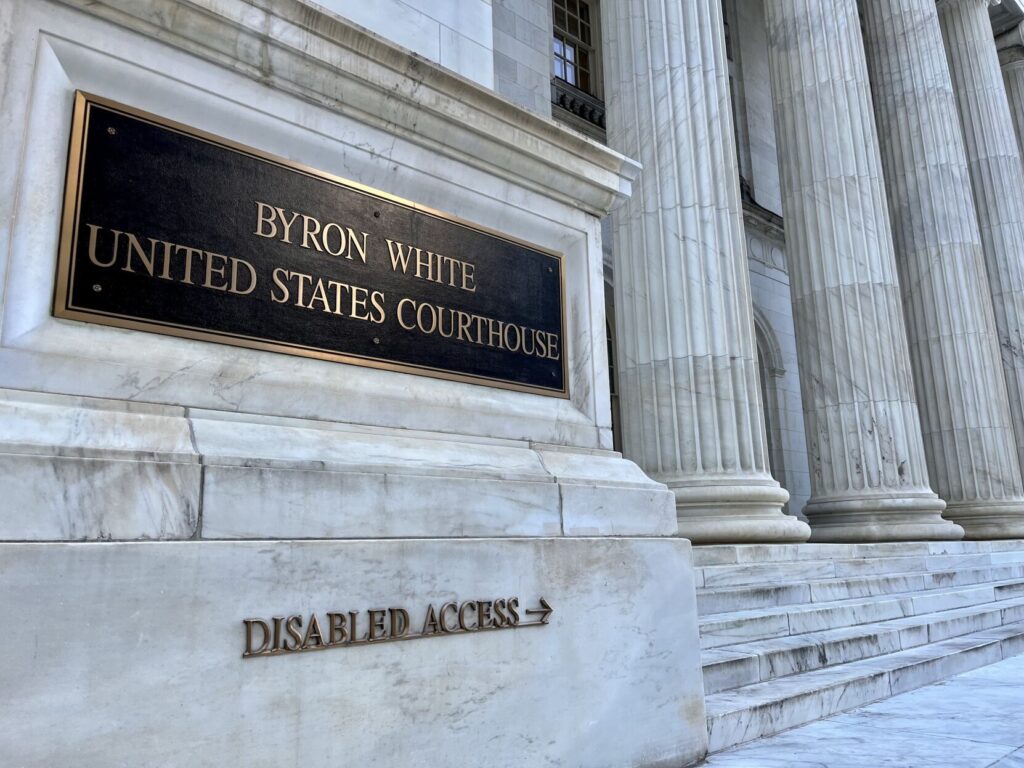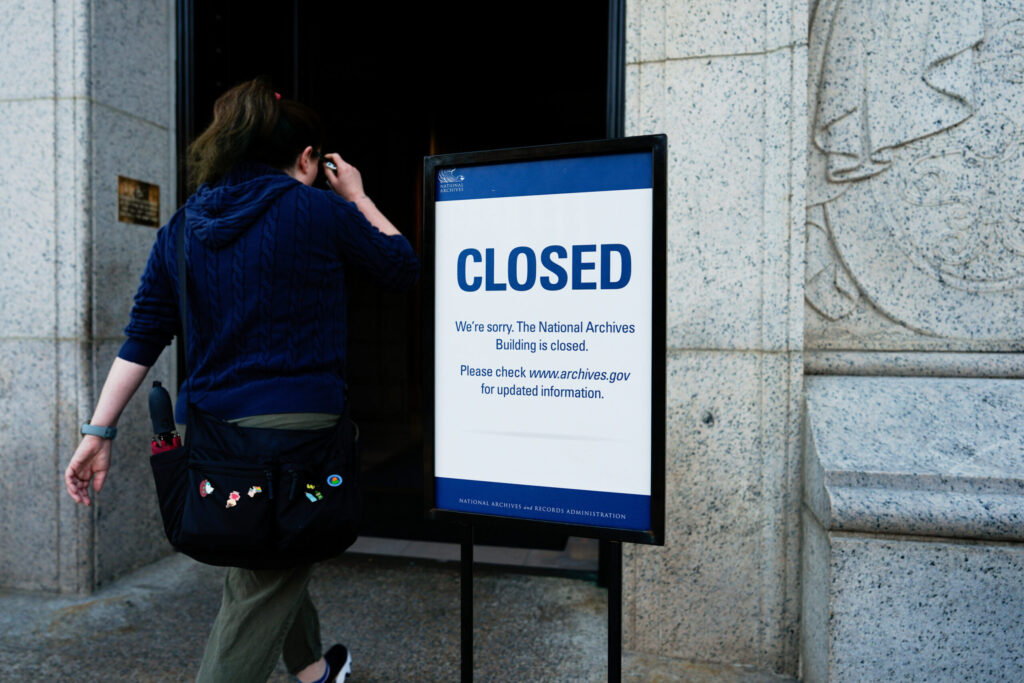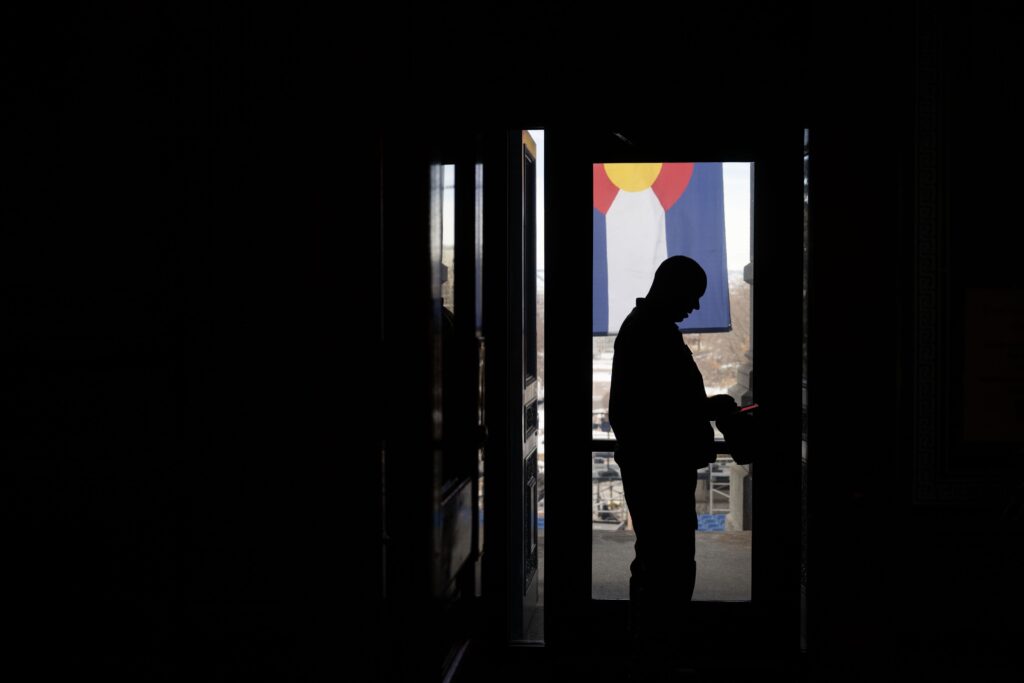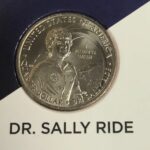Space Symposium speakers: The future of space exploration depends on private companies

NASA personnel, company executives and leaders of foreign space agencies stressed at the Space Symposium Wednesday that the future of human space exploration depends on commercial space operations.
Rich Cooper, Vice President of Strategic Communications & Outreach for the Space Foundation, joins Gazette reporters Wayne Heilman and Dennis Huspeni for a recap of Wednesday’s events at the Space Symposium.
NASA Deputy Administrator Col. Pam Melroy said that, “We are in the golden age of commercial space,” during a speech at the conference Tuesday. With the closure of the aging International Space Station on the the horizon in 2031 , commercial actors will take on a central role in the future of low-earth orbit endeavors including research, space tourism and commerce. Wednesday’s panelists and speakers discussed what the economic future of space exploration could and should look like, as well as some of the goals to make space more widely accessible and inclusive.
“If you fast-forward 10 years, only a decade, and look back at this, what’s about to happen in this decade, it will be transformative,” said Brent Sherwood, senior vice president for Blue Origin. “We’re at an inflection point, in the trajectory of human spaceflight, and the development of space.”
Some of that transformation includes the industry’s mindset when it comes to funding space exploration.
“I think we’re going to create markets of multiple trillion-dollar companies,” said Tejpaul Bhatia, chief revenue officer at Axiom Space.
Bhatia acknowledged that he didn’t know how the industry would create markets of trillion-dollar companies, but emphasized that companies needed to think bigger to reach their exploration goals, which include building an ecosystem of commercial, low-Earth-orbit space stations, adventure space travel and space tourism.
However, low Earth orbit for just the jumping-off point for many, if not all, of the Wednesday’s panelists. Further exploration to the moon, Mars and beyond, were part of their aspirations.
Sights and sounds from the 37th Space Symposium at The Broadmoor resort in Colorado Springs.
U.S. Mint unveils Sally Ride quarter at Space Symposium in Colorado Springs
“For me, the moon I would say is a museum of 4½ billion years of solar system history,” said David Parker, director of human and robotic exploration with European Space Agency. “But so far, we just went to the museum gift shop, grabbed a few souvenirs, and came home again. Now we’re on a path for sustainable lunar exploration to turn into a place, as low Earth orbit is today, for doing science, for doing technology, for doing innovation and commercial opportunity.”
Lunar surface exploration plans include landing humans and making space exploration available to a more diverse range of people as the industry strives to be more inclusive.
“The diversity aperture is already opening,” Sherwood said. “So this past year, you saw the youngest and oldest person fly in space in the same mission … so it’s already starting to broaden, the diversity of people that are going to be able to go.”
Inclusivity isn’t the only aspiration among industry leaders. Unity is, too. Alexander MacDonald, NASA’s chief of economics, acknowledged that space exploration started with an imperative of peace. He said the U.S. and other countries must continue to reaffirm that commitment moving forward.
Top aerospace executives pledge to accelerate equity, inclusion efforts at Space Symposium
“If we don’t manage to unite as one planetary household in space, then our likelihood surviving long enough as a planetary civilization to become an interplanetary one, would not be as high as we would want,” MacDonald said.
